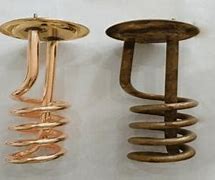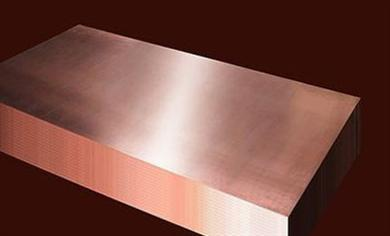**The Copper Thermometer Tango: Mastering Pipe Temperature Checks**
(How To Measure Temperature Of A Copper Pipe)
Ever wondered how hot or cold that copper pipe in your basement really is? Maybe you’re fixing a heater, installing a new fridge line, or just curious why your morning shower turns into a polar plunge. Whatever the reason, checking a copper pipe’s temperature isn’t rocket science—but it does need the right tools and a bit of know-how. Let’s break it down step by step.
**Pick Your Weapon (Thermometer, That Is)**
First, grab a thermometer that can handle the job. Not all thermometers work here. For pipes, infrared thermometers are great because they measure heat without touching the surface. Just point, click, and read the temperature. But if your pipe is super shiny, the infrared might get confused. Shiny surfaces bounce light around, tricking the sensor. In that case, use a contact thermometer. Stick-on strip thermometers or probe thermometers work fine. They need direct contact with the pipe, but they’re reliable.
**Clean the Pipe Like It’s Dirty Dishes**
Before measuring, clean the pipe. Dust, grease, or old paint can mess with your readings. Wipe the area with a damp cloth. For stubborn grime, use a mild cleaner. Dry it completely. A clean surface gives accurate results. Don’t skip this step—nobody likes guessing games with temperature.
**Measure Like a Pro**
Time to take the temperature. If using an infrared thermometer, hold it 2–3 inches from the pipe. Aim the laser dot at the spot you want to check. Press the trigger. Wait for the reading to stabilize. Write it down. For contact thermometers, press the sensor firmly against the pipe. Hold it there for 30 seconds. Some devices beep when done. Others just show a steady number. Either way, note the result.
**Check Multiple Spots**
Pipes don’t always heat or cool evenly. A spot near a valve might be hotter than a section farther down. Pick three or four spots along the pipe. Measure each one. Compare the numbers. If they’re close, you’re golden. If not, there might be a blockage, a leak, or uneven insulation. This step saves you from missing hidden issues.
**Mind the Room Temperature**
The air around the pipe affects your readings. A pipe in a freezing garage will read colder than the same pipe in a warm kitchen. Measure the room’s air temperature too. Use a basic indoor thermometer. Compare it to the pipe’s temperature. This helps you understand if the pipe’s heat is normal or weird. For example, a hot water pipe in a 70°F room shouldn’t hit 150°F unless something’s wrong.
**Safety First—No Burns Allowed**
Copper pipes get HOT. If you’re checking a steam line or a heater pipe, assume it’s scorching. Use heat-resistant gloves. Don’t touch the pipe with bare hands. Even if the thermometer says 120°F, that’s enough to burn skin. Keep kids and pets away while working.
**When Numbers Don’t Add Up**
Strange readings? Double-check everything. Dirty pipe? Wrong thermometer type? Weak batteries in the device? Test a different pipe you know the temperature of—like a cold water line—to see if the thermometer works. Still confused? Ask a pro. Sometimes gadgets glitch, or pipes have sneaky problems.
**Bonus Tip: Label Your Pipes**
After measuring, slap a label on the pipe with the temperature and date. Use a permanent marker or a tag. This helps next time you’re checking. No more guessing if the number changed.
(How To Measure Temperature Of A Copper Pipe)
Measuring a copper pipe’s temperature isn’t just for plumbers or engineers. With a decent thermometer and these tips, you’ll handle it like a weekend DIY champ. Plus, you’ll finally know why your coffee machine’s water line turns into a lukewarm disappointment.
Inquiry us
if you want to want to know more, please feel free to contact us. (nanotrun@yahoo.com)



